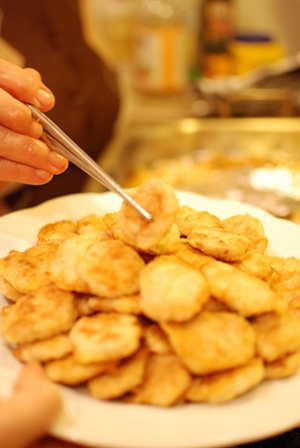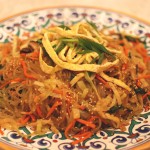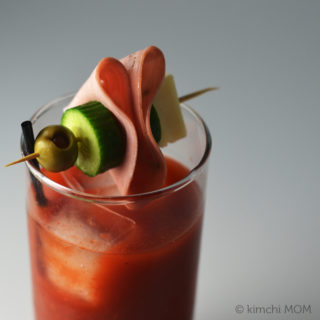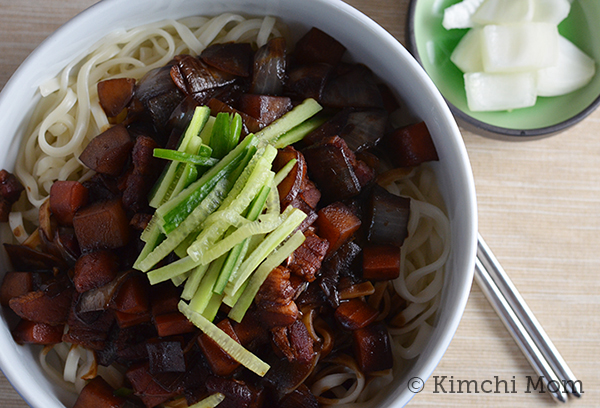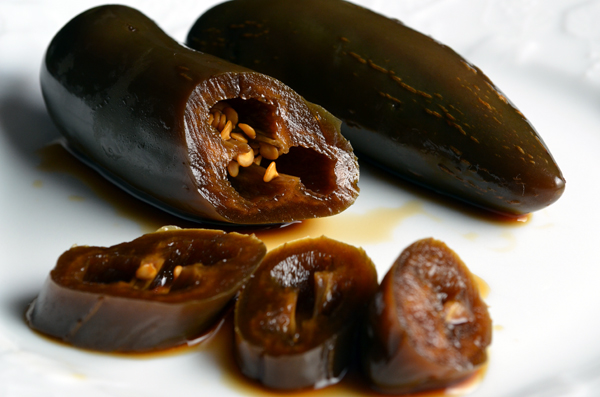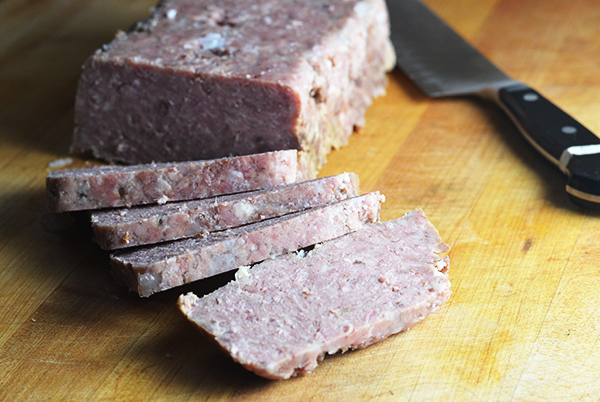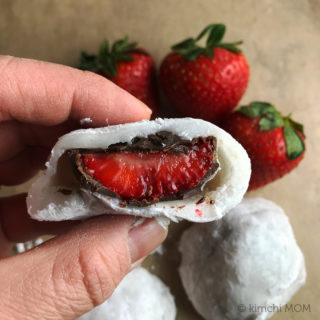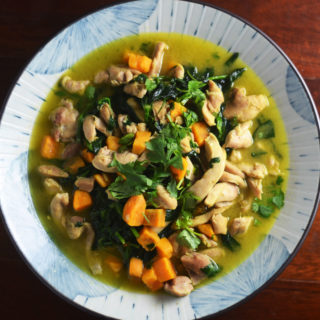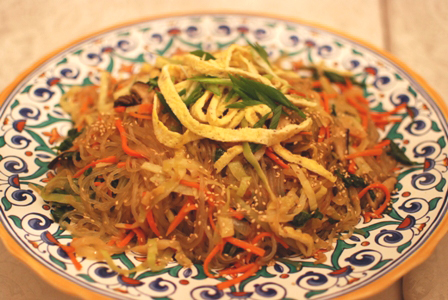
2010 included many changes for our family – new state, new house, new job – but was a really great year! And unlike previous years where I just take a deep breath and go back to the grind, this year I am really looking forward to what 2011 has in store for us. I have a good feeling about this year!
My online activity has been a little sporadic the past couple of months. I had family over for both Thanksgiving and Christmas which was a bit crazy, but I loved planning and cooking the huge dinners for both. It’s great to have actual physical space to be able to entertain in versus the 900 square foot San Francisco shoebox we were living in the past 4 years. I’ve also been busy working on rebranding my blog so expect a new name and website by the end of the month with a couple of new features, but my primary goal is to post more frequently and to just have fun with it. Stay tuned for the makeover!
Anyway, back to the holidays dinners. For Thanksgiving I had the obligatory turkey with some of the traditional side dishes, but the Korean dishes that I prepared got equal billing – ssaeng sun (fish) jun, jap chae, gosari namul, oi muchim, chi (wild aster leaves) namul, and kimchi. And for Christmas Eve dinner, the meal was entirely Korean – kalbi jjim, jap chae, oi muchim, kimchi, ssaeng sun (fish) jun, seasoned ground chicken jun, hobak jun, moo malengi (seasoned dried radish) and, yes, potato salad. (Credit for the juns and moo malengi go to my mom and sis). Of all the dishes, I was most nervous about cooking the jap chae. My first attempt at making this dish several years ago was a complete and utter disaster. It was so bad, it went straight into the trash. What happened, you ask? I prepared it like a stir-fry resulting in mushy vegetables and even mushier noodles.
This time I called my mom for her “recipe”. I painstakingly measured, weighed, and interpolated the recipe I had scrawled on the back of some receipts. The ultimate test came at Christmas time when my mom was visiting. As she tasted a forkful of noodles, she showed a brief moment of surprise on her face and murmured, “Not bad”.
Whew!
The key to making this a successful dish is to prepare and season each component separately and mixing everything at the end. This ensures that each key ingredient retains its firm texture or al dente.
It’s the perfect dish for a dinner party. Not only can you make it ahead of time, but it can be served at room temperature. It also keeps well for a few days after the party so leftovers are especially tasty as all the flavors further meld together.
Click here for the video where I show you how to make this dish!
Jap Chae (Korean Beef and Vegetable Noodles)
Ingredients
- Vegetable oil for cooking
- 3 eggs beaten
- 8 oz. carrots julienned (about 5 medium carrots)
- 8 oz. onions thinly sliced (1 medium onion)
- 8 oz. shiitake mushrooms thinly sliced (about a handful of mushrooms)
- 12 oz. green cabbage julienned (1/2 small head)
- 6 cloves garlic minced (about 6 teaspoons)
- 6-8 oz. beef - ribeye or blade steak trimmed and thinly sliced
- 11 oz. package of baby spinach
- 2 Tablespoons of vinegar
- 10 oz. package of dang myun noodles made from sweet potato starch
- 6 Tablespoons soy sauce
- 6 Tablespoons sesame oil
- 2 Tablespoons toasted sesame seeds
- Salt and pepper
- 2-3 stalks green onions thinly sliced
Instructions
- Heat a couple of tablespoons of vegetable oil in a non-stick 12-inch skillet over medium heat. Add a splash of water to the beaten eggs and beat well to incorporate. Add egg mixture to the hot pan. Swirl the pan so that it’s evenly coated with the egg. It will be ready to flip once the edges start curling. With your largest spatula, flip the egg over. Take off heat. Slide egg onto a cutting board or platter and let cool. Once cooled, roll and cut into thin slices. Set aside.
- Heat 1-2 tablespoons of vegetable oil in the same skillet over medium high heat. Saute each vegetable – carrots, onions, mushrooms, cabbage – separately. Cook carrots until al dente or tender but still firm. Add 1 teaspoon of garlic in the last minute of cooking. Cook onions and 1 teaspoon of garlic until onions are light brown in color. Cook mushrooms and 1 teaspoon of garlic until mushrooms are light brown in color. Cook cabbage until slightly wilted. Add 1 teaspoon of garlic in the last minute of cooking. It is not necessary to clean the pan after cooking each vegetable. Add each finished vegetable into a large bowl.
- Heat oil in the same skillet and add beef to the pan. Just before the beef is fully cooked or is still pink, add a couple of tablespoons of soy sauce, a pinch of black pepper and 1 teaspoon of garlic. Adjust seasoning to taste.
- In a large pot, bring to a boil about 8 cups of water and 2 tablespoons of vinegar. Blanch the spinach for about 10 seconds and cool in a bowl filled with ice water. Drain, squeeze as much liquid out as you can, and set aside in a separate small bowl.
- In a large pot, bring water to a boil for the noodles. Add noodles and boil for about 5 minutes. When the time comes close to 5 minutes, check the texture of the noodles. Do not overcook or this will result in mushy noodles. Make sure the noodles are al dente. Drain and rinse with cold water several times until throughly cooled and place in a separate bowl.
- Season the noodles with 3 tablespoons of sesame oil and 2 tablespoons of soy sauce. Mix and set aside.
- Season the bowlful of vegetables with 3 tablespoons of sesame oil,2 tablespoons of soy sauce, 2 tablespoons of sesame seeds, and salt to taste, about 1 teaspoon. Mix.
- Add beef, noodles, half of the egg slices, spinach, and green onions to the vegetable bowl. Mix thoroughly and set aside until ready to serve. Use your hands if necessary!
- This step is optional! Before plating and serving, you can warm up the noodles in the microwave oven. Oh my gosh, yes you can. Just make sure the jap chae is in a microwave-safe bowl and heat it for about 3-5 minutes depending on the strength of your microwave. OR you can just let the noodles sit at room temperature until ready to serve.
- Plate the noodles on a beautiful large platter and garnish with the remaining egg slices.
